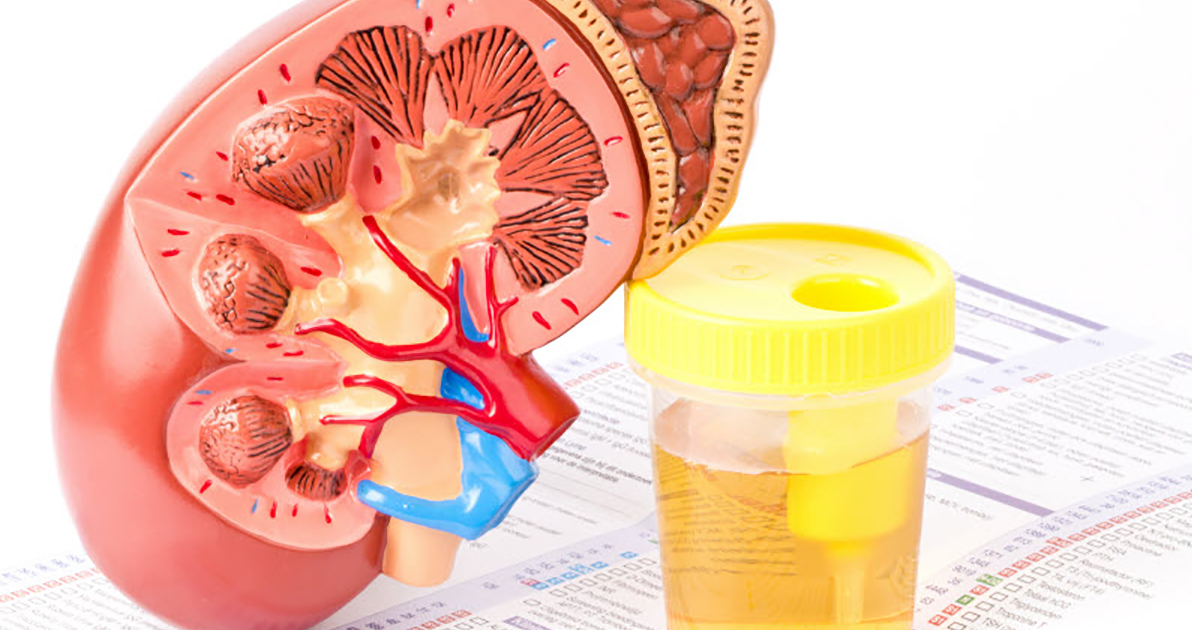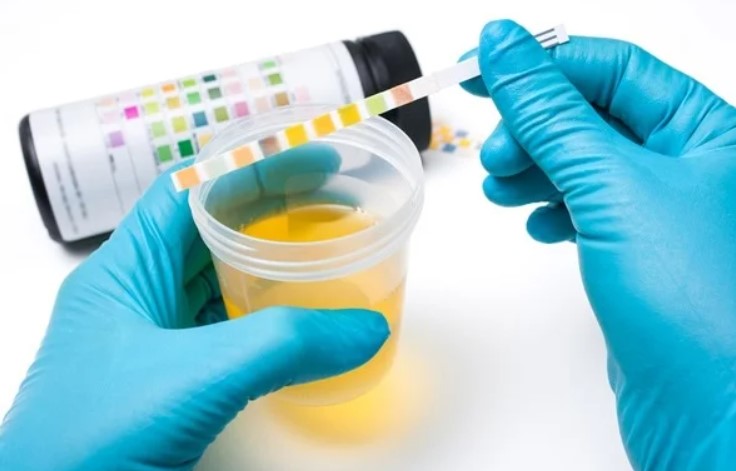Kidney Testing: Everything You Need to Know
If you have diabetes, you have a higher risk for chronic kidney disease. Your doctor will likely recommend you have one or more kidney tests to check the health of your kidneys. The sooner you know the health of your kidneys, the sooner you can take steps to protect them. Knowledge is power—learn about what these tests do and what your results could mean.
Chronic kidney disease (CKD) is a condition in which the kidneys become damaged over time and cannot filter blood as well as they should. Diabetes is a leading cause of CKD, which often causes no symptoms until your kidneys are badly damaged.
The good news is that if you find and treat kidney disease early, you may be able to keep CKD from getting worse and prevent other health problems such as heart disease. But the only way to know how well your kidneys are working is to get tested.
If you have diabetes, you know how important it is to prevent complications like CKD. Your doctor will want to check your kidney health, usually by testing your urine and blood.

Urine Tests

One of the earliest signs of kidney disease is when protein leaks into your urine (called proteinuria). To check for protein in your urine, a doctor will order a urine test. There are two types of urine tests that can check your protein levels.
Dipstick urine test. This test is often done as part of an overall urinalysis, but it can also be done as a quick test to look for albumin (a protein produced by your liver) in your urine. It does not provide an exact measurement of albumin but does let your doctor know if your levels are normal. A dipstick (a chemically treated paper) is placed in a urine sample you provide and if levels are above normal, the dipstick changes color. If you have abnormal albumin levels, your doctor may want to run further tests.
Urine albumin-to-creatinine ratio (UACR). This test measures the amount of albumin and compares it to the amount of creatinine (a waste product that comes from the normal wear and tear of muscles in the body) in your urine. A UACR test lets the doctor know how much albumin passes into your urine over a 24-hour period. A urine albumin test result of 30 or above may mean kidney disease.
It’s important to know that:
- The test may be repeated once or twice to confirm the results.
- If you do have kidney disease, the amount of albumin in your urine helps your doctor know which treatment is best for you.
- A urine albumin level that stays the same or goes down means that your treatment is working
Blood Tests

Because your kidneys remove waste, toxins, and extra fluid from the blood, a doctor will also use a blood test to check your kidney function. The blood tests will show how well your kidneys are doing their job and how quickly the waste is being removed. Here are a few blood tests that are used:
Serum creatinine. A serum creatinine blood test measures the amount of creatinine in your blood. If your kidneys are not working like they should, your serum creatinine level goes up. Normal levels for you will depend on your sex, age, and the amount of muscle mass your body has.
Usually a creatinine level more than 1.2 for women and more than 1.4 for men may be a sign that the kidneys are not working like they should. If your serum creatinine test results are higher than normal, your doctor may want to run other tests.
Glomerular filtration rate (GFR). The GFR is a measure of how well your kidneys remove waste, toxins, and extra fluid from your blood. Your serum creatinine level, age, and sex are used to calculate your GFR number. Like other kidney tests, a normal GFR number for you will depend on your age and sex. If your GFR is low, your kidneys are likely not working as they should. As kidney disease progresses, your GFR goes down. The results of your test can mean the following:
- If you have a GFR number of 60 or more together with a normal urine albumin test, you are in the normal range. But you’ll still want to talk to your doctor about when you should be checked again.
- If you have a GFR number less than 60, it may mean you have kidney disease. You’ll want to talk to your doctor about treatment options that are best for you.
- If you have a GFR number less than 15, it may mean your kidneys are failing. If your results show kidney failure, you’ll likely need dialysis or a kidney transplant. You should know that if your GFR level is less than 20 consistently over a 6- to 12-month period, as a precaution, your doctor may consider you for a kidney transplant.
Blood urea nitrogen (BUN). This test measures the amount of urea nitrogen in your blood. Urea nitrogen is a waste product your body makes from the breakdown of protein in the foods you eat. Healthy kidneys filter urea nitrogen out of your blood and it leaves your body through your urine. This process helps keep your BUN level within a normal range. A normal level of urea nitrogen will depend on your age and other health conditions you may have, but usually ranges from 7 to 20. If your levels are higher than normal, this may be a sign that your kidneys are not working as well as they should. As kidney disease progresses, your BUN level goes up.
If your BUN level reveals signs of kidney disease, your doctor will use your BUN test results, along with other tests, to decide on a treatment plan that best fits your needs.
Other Tests
Your doctor may also want to monitor your blood pressure or recommend other tests like imaging or a biopsy to check for any kidney problems.
Blood Pressure. Because high blood pressure is a leading cause of kidney disease and kidney failure, your doctor will want to monitor your blood pressure. Managing high blood pressure, blood sugar, and cholesterol levels—all factors that increase the risk for heart disease and stroke—is very important if you have CKD.
Imaging. These tests are used to get a picture of the kidney to look for any problems or damage. Imaging tests allow your doctor to see how well blood is flowing to your kidneys or if there is any blockage or narrowing in the blood vessels.
Kidney biopsy. A kidney biopsy is a procedure where a small piece of kidney tissue is removed and examined under a microscope for signs of damage or disease. This is done by inserting a thin needle through the skin.
Keep Your Kidneys Healthy
You can help lower your risk for CKD or keep it from getting worse by eating healthy, being active, and keeping your blood pressure and cholesterol levels in your target range. Make sure to take care of your kidneys if you are at risk for CKD. If you have diabetes, get tested for kidney disease once each year. Having your kidneys checked regularly gives you the best chance for finding and treating CKD early.
